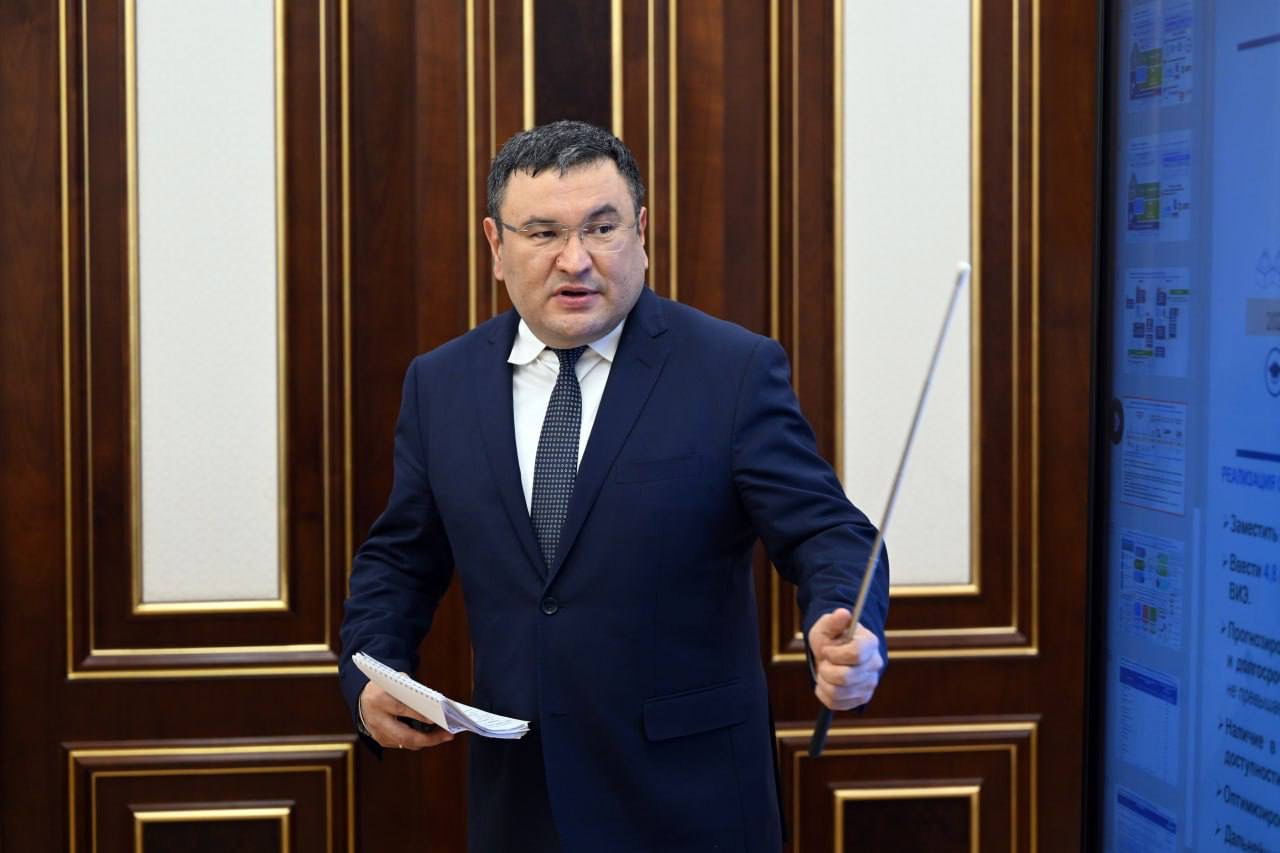Over the next five years, Uzbekistan plans to build an additional 25 gigawatts of renewable energy capacity, which is expected to generate 64bn kilowatt-hours of green energy annually. This expansion is part of a broader strategy to increase the share of "green" energy in the country’s total energy generation, aiming to surpass 50% by 2030.

On February 10, President Shavkat Mirziyoyev chaired a meeting to review the progress in Uzbekistan’s nuclear energy sector and outline future priorities.
As part of these efforts, Uzbekistan is also exploring nuclear energy as a viable long-term solution for meeting the growing demand for power across various sectors.
With an increasing global focus on renewable and alternative energy sources, nuclear power is seen as a key contributor to expanding energy capacity.
Globally, 42% of power generation now comes from alternative energy, and the demand for nuclear energy continues to rise.
Uzbekistan’s plans include leveraging its domestic uranium reserves to build small-capacity nuclear reactors, with the goal of creating a stable and sustainable energy future.
President Mirziyoyev highlighted the importance of training specialists for the future nuclear plants and ensuring that safety protocols meet the stringent requirements of the International Atomic Energy Agency (IAEA).

Earlier, President Mirziyoyev approved a decree focused on advancing environmental sustainability in the country. The decree outlines initiatives aimed at improving ecological protection, promoting green energy, and enhancing climate change adaptation.
Key goals include the protection and preservation of biodiversity, as well as climate change mitigation strategies. The program prioritizes renewable energy, with plans to increase its share in the national energy balance. Proposed projects include large-scale green power plants, public-private partnerships, small hydroelectric plants, and widespread solar panel adoption.
Additionally, the country aims to reduce its carbon footprint by implementing energy-saving technologies across various sectors, with planned capacity for 4.5 GW of solar and wind power, 785 MW of photovoltaic panels, and a 225 MW hydroelectric station.
Follow Daryo's official Instagram and Twitter pages to keep current on world news.
Comments (0)